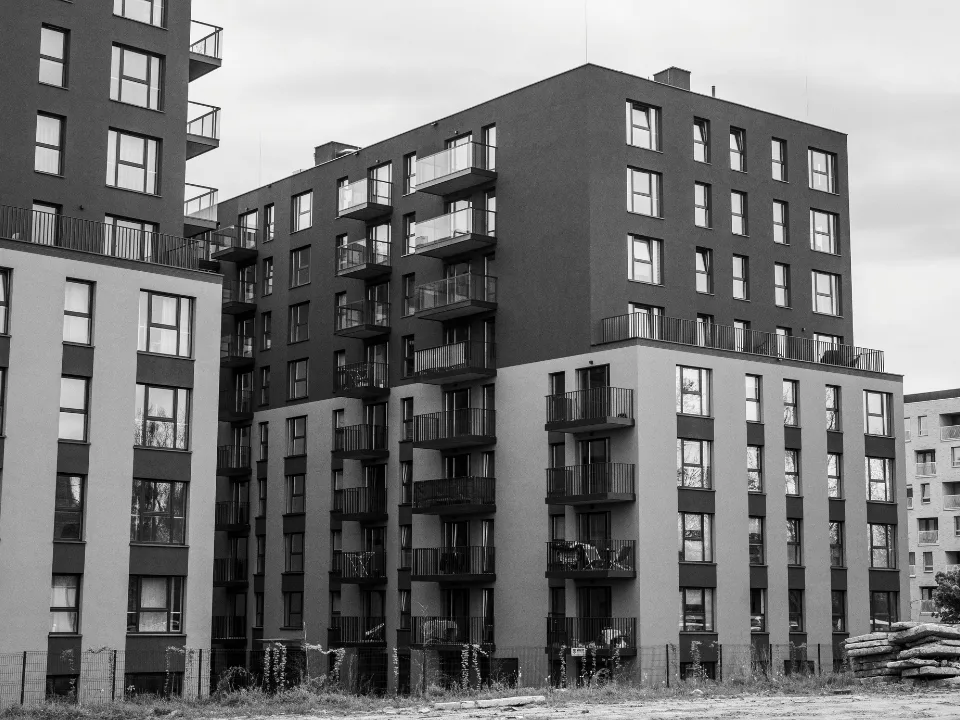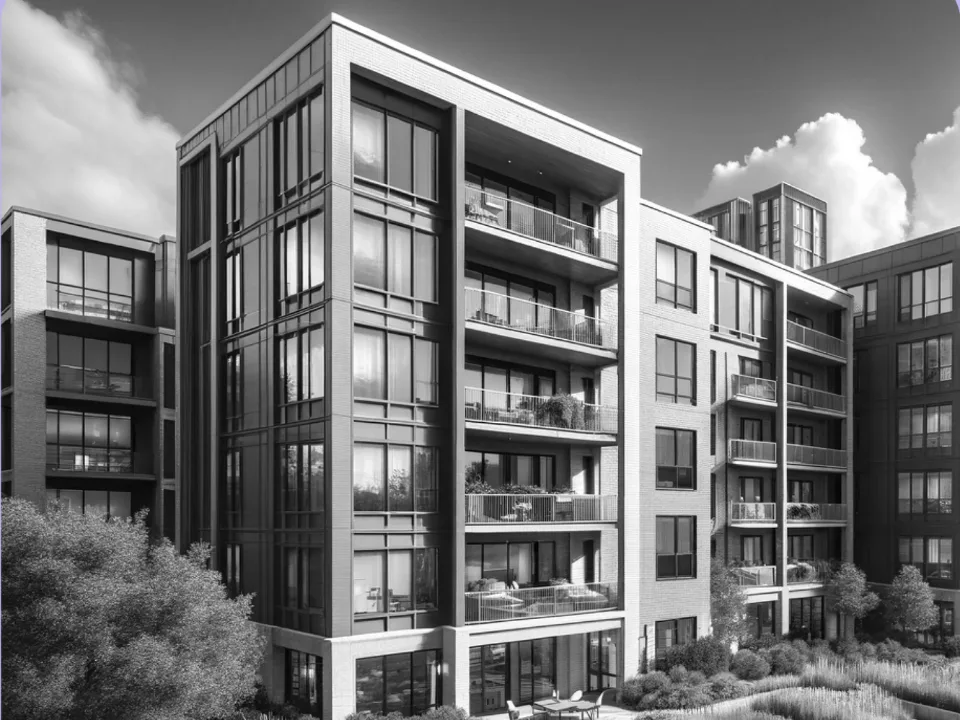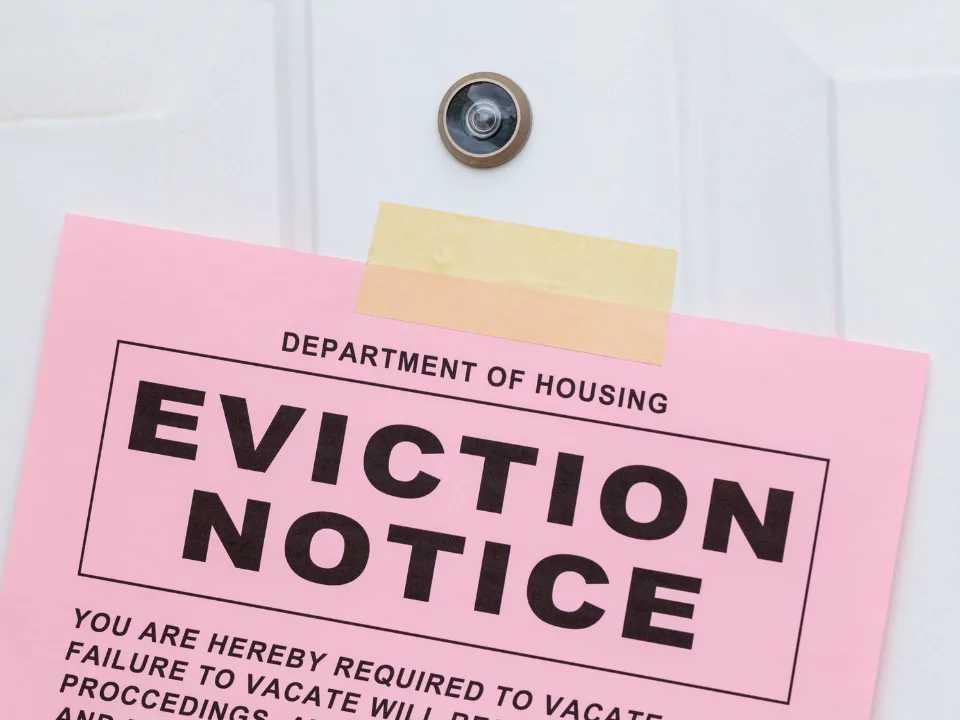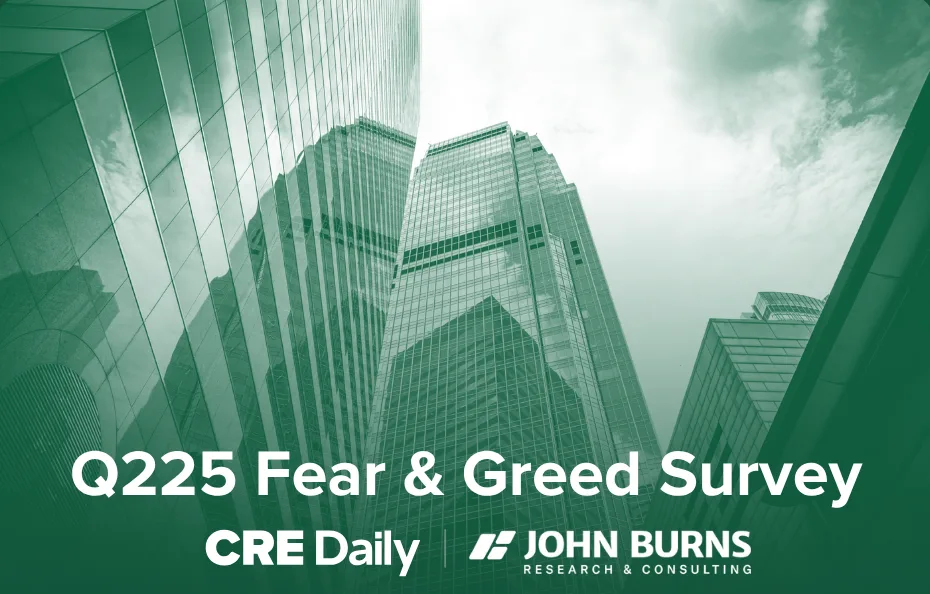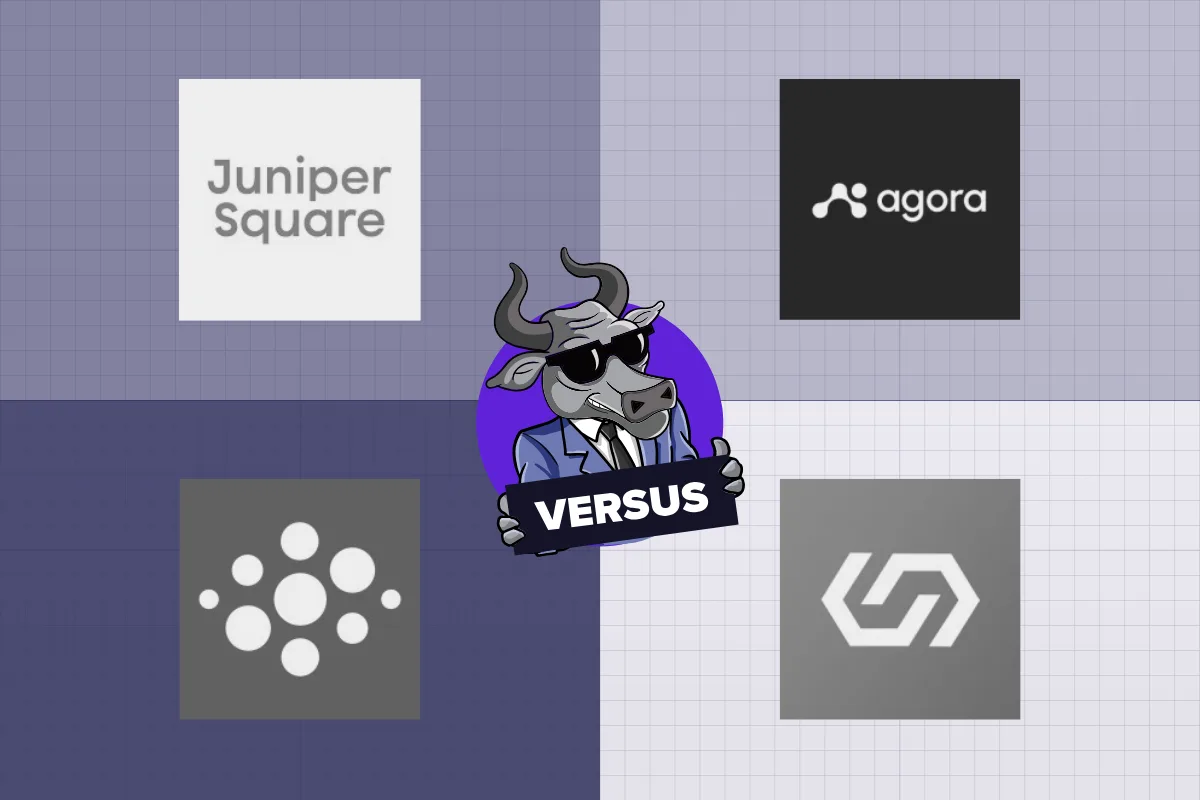Interest-Rate Hedge Costs Skyrocket for CRE
Interest-rate hedges, required for most floating-rate commercial real estate loans, are experiencing a significant surge in cost.
Together with
Good morning. Property owners are becoming worried about the increasing expenses of interest rate caps, which could potentially force them to sell their properties if the rates do not decrease. On the other hand, CBRE’s recent report indicates that the multifamily market is exhibiting signs of stabilization.
Before we dive in…investors are turning to different alternative assets, from real estate to Rolexes, to diversify their portfolios, but did you know that fine art is an intriguing option too? Check out today’s sponsor, Masterworks, to learn more.
Market Snapshot
|
|
||||
|
|
*Data as of 5/3/2023 market close.
👋 First time reading? Sign up here.
HEDGING YOUR BETS
Rising Interest Rate Cap Costs Pressure CRE Property Owners

Source: Commercial Observer / ILLUSTRATION BY JOHN CORBITT
Commercial real estate property owners with floating-rate debt face additional pressure from surging costs of protections against rising interest rates.
Caps concluding: If a property owner has floating rate debt, odds are their lender required them to purchase an interest rate cap as assurance that they could meet debt payments if rates rise. These interest rate caps can last up to five years, but three years is the most common. Owners who purchased caps during the pandemic face higher debt costs as their caps are due to expire this year and next.
Climbing costs: While rate caps were reasonably priced during the low-rate environment, buying a new cap is much more expensive. According to Chatham Financial, a three-year cap on a $100M loan at 3% in April 2019 cost $98L, whereas the same cap costs a staggering $3.48M today. Owners who can’t afford new caps could try to refi a fixed-rate loan, inject more equity, sell—or face default. Up to 60% of CMBS loans issued in 2021 and 2022 have a floating rate compared to just 15% back in 2005 and 2006 when rates were also rising.
Risking default: The higher cost of caps is why a subsidiary of Brookfield Asset Management (BN) defaulted on their LA office portfolio loan (one of the largest defaults this year). Unfortunately, more defaults could come for Brookfield as another cap expires in October. Owners are crossing their fingers that the Fed will cut rates before their old caps expire. But if the Fed decides this month’s rate hike isn’t the last one, borrowers may remain at risk of default.
➥ THE TAKEAWAY
Hot water: Despite the Fed’s 10 consecutive rate hikes after Wednesday’s 25 basis points increase, delinquency rates on CRE loans are still low thanks to older interest rate caps. But property owners and their lenders may wind up in hot water as those caps expire this year and next.
⏩ Share this article by clicking here.
SPONSORED BY MASTERWORKS
A Banksy Got Everyday Investors 32% Returns?
Mm-hmm, sure. So, what’s the catch?
We know it may sound too good to be true. But it’s not only possible, it’s happening—and thousands of investors are smiling all the way to the bank, thanks to the fine-art investing platform Masterworks.
These results aren’t cherry-picking. This is the whole bushel. Masterworks has built a track record of 8 exits, the last 3 realizing 10.4%, 35%, and 13.9% net returns even while financial markets plummeted.
But art? Really? Okay, skeptics, here are the numbers. Contemporary art prices:
-
Outpaced the S&P 500 by 131% over the last 26 years
-
Have the lowest correlation to equities of any asset class
-
Remained stable through the dot-com bubble and ’08 crisis
Got your attention yet? Offerings can sell out in just minutes, but CRE Daily readers can skip the waitlist with this exclusive link.
🌐 Around the Web
📖 Read about how JPMorgan’s seizure of First Republic Bank, which was known to be a low-leverage lender, is leaving a hole in the borrowing market.
🖥️ Watch as Josh Friedman, the co-founder of Canyon Partners, warns that CRE owners have some hard decisions to make as they look at their balance sheets during the market downturn.
🎧 Listen to this episode of The Insight: Conversations, where Oaktree’s Armen Panossian and Howard Marks discuss lessons learned from the SVB collapse.
DATA DOESN’T LIE
Multifamily Stabilizes Nationwide as Northeast Takes Back Crown

According to CBRE, the US multifamily market is stabilizing as vacancy rate expansion and negative absorption ease.
The nitty gritty: The multifamily vacancy rate rose to 4.9% in Q1, a 30 bps increase and less than the 70 bps increase in 4Q22 and the 90 bps from 2Q22. Further, negative net absorption improved from 14K units in 4Q22 to only 1.9K units in 1Q23, with some expecting the number to turn positive this quarter. Finally, the average monthly net effective rent went up to 4.5% YoY, down from its record 15.3% increase in 1Q22 but well above the 2.7% pre-pandemic average over five years.
New construction: 58.6K new construction units were delivered in 1Q23, bringing the most recent 4-quarter total to 332,200, slightly lower than 343,300 in 2022. Construction timelines are still taking longer than expected. This isn’t a bad thing, however, as it should help smooth out the delivery of new properties coming to market and prevent a glut of new supply.
Rent growth regions: The Northeast/Mid-Atlantic and Midwest displaced the Southeast for the highest YoY rent growth in the first quarter, with the Northeast/Mid-Atlantic leading the charge at 5.7%. The Midwest came in second at 5.4%, followed by the Southeast (4.9%), South-Central (4.2%), Pacific (3.6%), and Mountain West (1.4%) regions. Nearly half (35 of 69 markets tracked by CBRE) recorded positive net absorption in 1Q23, led by Orlando (3.2K units), Charlotte (1.3K units), and Nashville (1.2K units).

Top performers: The top five markets for new deliveries over the past four quarters (New York, DC, Dallas, Austin, and Phoenix) represented 26.5% of the US. Nearly all (66 of 69) markets tracked by CBRE had vacancy rates at or above 3.0%, while 57 had vacancy rates above 4.0%. Surprisingly, New York remained the biggest market with the lowest vacancy rate at 2.9%, well below its historical average of 3.5%.
➥ THE TAKEAWAY
Zooming out: The multifamily market has been hit hard by the Fed’s interest rate hikes and softer demand. But the good news is that CBRE’s data suggests the worst may be behind us. Their most recent data is a breath of fresh air for a sector that has been beaten down for quite some time already.
⏩ Share this article by clicking here.
📰 Daily Picks
-
Banking turmoil: Shares of PacWest Bancorp (PACW) dropped by over 30% during premarket trading on Thursday after reports that the bank is assessing strategic alternatives.
-
Multifamily development: Between 2020 and 2022, 2.8M new American households emerged from pandemic lockdowns, intensifying pressure on an overburdened housing market and contributing to a surge in new apartment unit construction.
-
Private credit on the rise: CRE lending is moving away from traditional banks to alternative forms of financing, such as private equity and venture capital.
-
More disclosures: A new SEC rule requires hedge funds and private equity groups to disclose potentially risky events, as part of increased regulatory scrutiny on the industry.
-
Motor City Recap: Innovo Development Group completed a $125M recap of Gateway Industrial Center, a 1.4 MSF industrial property in Detroit.
-
Hospitality hardships: Dallas-based Ashford Hospitality Trust reported a $64.6M loss for 1Q23 as it continues to face a challenging debt market.
-
Untapped potential: The NYC industrial market has untapped potential as supply greatly lags demand, making the city an attractive investment opportunity.
-
Taxing troubles: 82 of the top 100 highest-taxed office properties are in New York, led by the 1.9 MSF GM Building in Midtown, which paid $79.7M in property taxes last year.
-
Deal of the day: Singapore-based GLP Capital Partners acquired Corona Lakeside Logistics Center for $325M, the largest ground-lease transfer in the history of the Inland Empire.
-
And the kicker is… Experts expect to see a resurgence of the equity kicker, a tactic that hasn’t been used in decades, for loans reaching maturity.
-
WeWork woes: As WeWork (WE) struggles to remain on the NYSE, S&P downgraded the company to an SD rating for “selective default.”
-
Refi of the day: Circle F Capital and Rockfeld Group secured a $60M refinance on their five-story mixed-use office and retail space in Manhattan’s Meatpacking District.
-
Simon says: Simon Property Group (SPG), the nation’s largest mall owner, plans to diversify its portfolio by spending $1.5B on building 2K multifamily units and hotel rooms.
📈 Chart of the Day
Top commercial-property lenders in the US
JPMorgan’s acquisition of First Republic Bank merges two of the top 25 commercial real estate lenders in the US, potentially complicating asset pricing due to increased competition for debt capital.
Consolidation may lead to fewer lenders in the market, but could also rebalance the field as non-bank financial systems gain ground. While recent data shows a slowdown in bank construction lending, First Republic Bank was not among the top 25 construction-loan originators in 2022.
What did you think of today’s newsletter? |
HIT THE INBOX OF 65K+ CRE PROFESSIONALS
Advertise with CRE Daily to get your brand in front of the Who’s Who of commercial real estate. Subscribers are high-income decision makers, investors, and C-suite executives always looking for their next investment, product, or tool.


